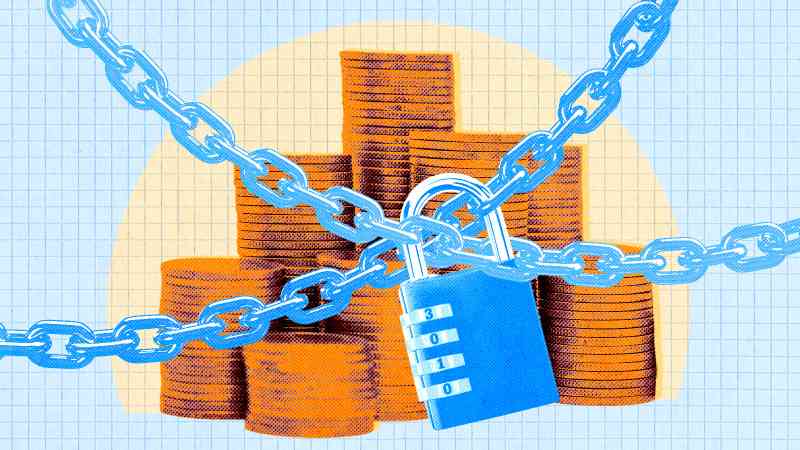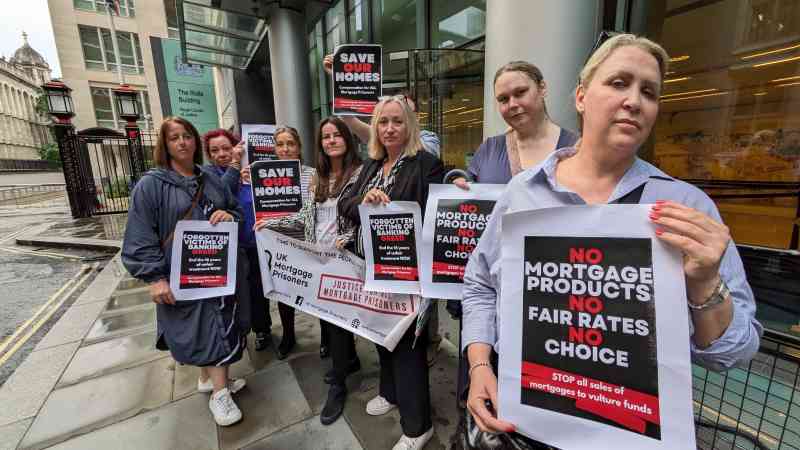How to protect your money before Rachel Reeves’s first budget
Taxes are set to rise as the chancellor scrambles to fill what she says is a £22 billion black hole in the public finances. This week Rachel Reeves scrapped winter fuel payments for millions of pensioners and a planned cap on care costs. The new chancellor has warned she has little choice but to increase tax in the budget on October 30.
It is unwise to make any kneejerk financial decisions in anticipation of what might be in the budget, but there are ways to ensure your finances are protected under existing tax rules and shielded from any future changes.
The government has promised not to raise VAT, national insurance or income tax in the budget, but it has left the door open for an increase in capital gains tax (CGT). This is levied on profits made from selling property (except your main home), shares and most possessions (if the gain on possessions is more than £6,000), and is seen by many as a tax on wealth. Everyone gets a £3,000 tax-free annual allowance — but this could be set to change.
Basic-rate taxpayers pay 10 per cent CGT on most assets and 18 per cent on gains made from residential property, excluding your main home. Higher and additional-rate taxpayers pay 20 per cent on most assets and 24 per cent on property.
The chancellor is reportedly considering raising the rates in line with income tax, which would mean paying up to 45 per cent on profits. Don’t panic and sell assets you would otherwise keep before changes are confirmed though.
Assets such as shares kept within an Isa are exempt from CGT, but there is speculation that the £20,000-a-year Isa allowance could be reduced. Make use of it to shield your investments and avoid tax on future gains.
Adrian Lowery from the financial planner Evelyn Partners said: “Some investors have brought forward plans to sell assets in the last couple of years because of the possibility of a CGT rise, but they were probably considering a sale anyway, and the investment case must add up before you make any decision. But one logical step for anyone with investments held outside of an Isa and some of their £20,000 annual allowance to spare, is to sell them and buy them again in an Isa — known as a bed and Isa process. And use up this year’s CGT allowance if necessary.”
If your spouse is not using their capital gains, dividend or Isa allowances, you can transfer assets to them tax free.
Inheritance tax
Labour has not ruled out increasing inheritance tax (IHT) or reducing the reliefs available.
Rachael Griffin from the wealth manager Quilter said: “If you have been considering any inheritance tax mitigation strategies, consider implementing them sooner rather than later.”
IHT is typically levied at 40 per cent on the value of an estate above the “nil rate” allowance of £325,000. This threshold rises to £500,000 if a main home is left to a direct descendant and the estate is worth less than £2 million
Anything left to a spouse or civil partner is exempt from the tax and any allowance you don’t use can be added to your partner’s allowance when they die. This means that a couple can pass on as much as £1 million without their estate being subject to IHT. And you can give away up to £3,000 each tax year without it being included in your estate for IHT purposes, and any unused allowance can be carried forward by one tax year.
Regular gifts from excess income are also exempt from IHT, as long as you can demonstrate that they do not affect your standard of living.
Arguably the most valuable relief is the seven-year rule, which allows you to make certain gifts tax-free if you live for seven years afterwards. If you die between three and seven years of making a gift, IHT is charged on a sliding scale.
“Accelerating gifting plans means you potentially help mitigate the impact of any changes,” Griffin said.
Pension
Saving into a pension is one of the most tax-efficient things you can do.
Most people can save up to £60,000 a year into a pension (or up to 100 per cent of your annual earnings, whichever is lower) and still get tax relief. The £60,000 total includes what you get in tax relief.
Basic-rate taxpayers get tax relief on their pension contributions at 20 per cent, higher earners 40 per cent and additional earners 45 per cent.
In 2016, before she was shadow chancellor, Reeves suggested introducing a flat relief rate of 33 per cent, which would benefit savers who earn less than £50,270. Although the change was not in Labour’s election manifesto there are concerns that the two higher rates of relief could now be on the chopping block.
Now may be the time for higher and additional rate payers to ramp up their contributions, Lowery said. “Most workplace schemes let you change your percentage contribution rate whenever you like — albeit with a lag before it kicks in — so you can rein it back in at a later date if you need to.”
School fees
The government has confirmed a VAT charge will apply to private school fees from the school term beginning in January 2025 and parents cannot avoid it by paying in advance.
The average annual day school fee is £18,064, meaning a parent with one child would pay about £3,600 more if the whole VAT charge were passed on. A well-planned investment strategy could help you to mitigate the extra cost.
There are four UK Equity Income funds yielding more than 6.5 per cent a year. You would need to invest about £56,000 in a fund yielding that much to generate enough income to cover a 20 per cent increase in the average day school bill. If you are investing outside an Isa be sure to factor in any tax liabilities.
But investing is risky, especially over a short period of time. If you can’t afford to lose money then the best one-year fix on a savings bond is 5.15 per cent from MBNA. You would need a deposit of about £70,150 for the interest earned to match the potential fee increase.
Watch out for tax eating away at your interest though: basic-rate taxpayers can earn up to £1,000 in interest a year tax-free and higher-rate payers £500. Additional-rate payers get no allowance.






